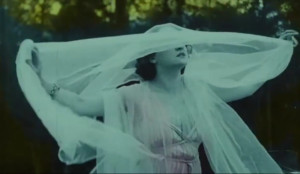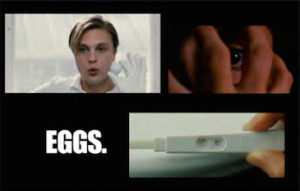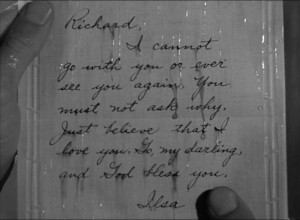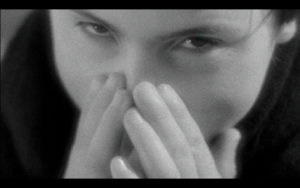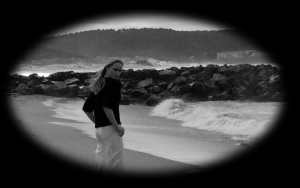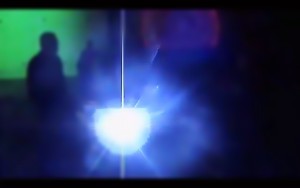The Count’s Garden: A Tribute to Giovanni Scognamillo (2011)
Actors: Giovanni Scognamillo, Lale Müldür, Nalan Söylemez, Aylin Ünal, Diana Arevshadyan
Based on the idea of / directed by: Yeşim Tabak
Camera: Selim Eyüboğlu, Osman Bayraktaroğlu
Art direction & production: Ayşe Tabak, Zeynep Tabak
Video editing: Osman Bayraktaroğlu
Paintings: Giovanni Scognamillo
Paintings – Animation: The animation parts of the video were taken from a TV documentary about Scognamillo but unfortunately the name of the real creator couldn’t be found. We’d much like to add credit once we identify the artist. (Please contact us if you think you can help.)
Music: taken from Mount Vernon Arts Lab’s ‘E for Experimental’ (1999) album
Giovanni Scognamillo was the most famous Istanbulite Levantine and a cult figure of the city’s cultural life. He was born as the son of a French mother and an Italian father in 1929, in Istanbul’s most cosmopolitan district since Byzantine times till today: Galata / Pera (Beyoğlu). Pera of that era was still carrying very much of its character from Ottoman times, different ethnicities living alongside each other, with non-Muslims constituting the majority. And Giovanni was a kid there when his father was running a movie theather, Agatha Christie was visiting and writing at the Pera Palace Hotel (built mainly for Orient Express passengers), Josephine Baker would make a live show, White Russians who fled the Bolshevik revolution would run restaurants, jazz bands would play, Universal’s monster movies and alike were shown… Embracing the magical spirit of his early years, Giovanni came to be an extensive researcher and writer of cinema, occultism, as well as fantasy & horror genres. He wrote tens of books: sci-fi fiction, researches on different occult topics, film history, Pera history…
Giovanni was the missing link between the old Pera and contemporary Beyoğlu. Refusing to leave like many other non-Muslims did because of heavy socio-political pressure, he became one of the symbols of the district itself. A living monument. His identity’s otherness and localness were all the same; you couldn’t separate one from the other. And he shared his immense intellectual knowledge, and treasures of his multicultural identity generously with younger generations. Not just through his film reviews, books or literary translations but also by just being there, and opening his door.
In the 90’s Beyoğlu, and later on till his death in 2016, his house was frequently visited by lovers of fantasy & horror, faces of underground culture, and any kinds of young outcasts and weirdos actually. There, in that living room much like a museum or a second hand bookstore, you’d be served old fashioned liqeur and chocolate, smoke with him, take some wise feedback, listen to great stories, have talks with lots of black humour. All the while maybe his Armenian caretaker would give you a Tarot reading… He was widely called “the count of Beyoğlu”, and rightly so. As humble as he was, Giovanni had a strong and serious psychic presence you’d definitely feel when interacting with him. But then again, he was playful and childlike enough to accept an offer like acting in this video, which we shot collectively with zero budget in a few hours, mostly in a spontaneous manner.
The moment I was asked to organise a cinema event at the very neighbourhood he grew up, after just few days moving there myself, I remembered his house, and everything in it. That’s how we decided to turn the techno club ‘Indigo’ (right behind the Italian Catholic church St. Antuan he used to go every Sunday as a kid) into an exhibition place dedicated to him. Called the “The Count’s Garden”, the exhibition contained his never shown before ‘naïve creature paintings’, the books he wrote, his collection of action figures, his personal stuff like his cloak and typewriter, an installation paying homage to his favourite movies, and this video.
Here he plays with famous Turkish poet Lale Müldür (who ended up on our set by coincidence), writer Aylin Ünal, his assistant Nalan Söylemez and caretaker Diana Arevshadyan. The video is a mixture of pieces from early gothic monster movies (*); Giovanni’s paintings ; Lale Müldür reading her poem ‘La Luna’; him reading Baudelaire’s ‘Un Fantôme’ both in Turkish and French, and speaking about his understanding of ‘the supranatural’ in Italian: “I’m against what they call the supranatural. There is no supra or infra of the nature. What we call supranatural today are happenings we fail to explain. That’s why we classify them in a separate place. One day the science will explain it all.”
* Dracula (1931), King Kong (1933), Frankenstein (1931), Nosferatu (1922)


